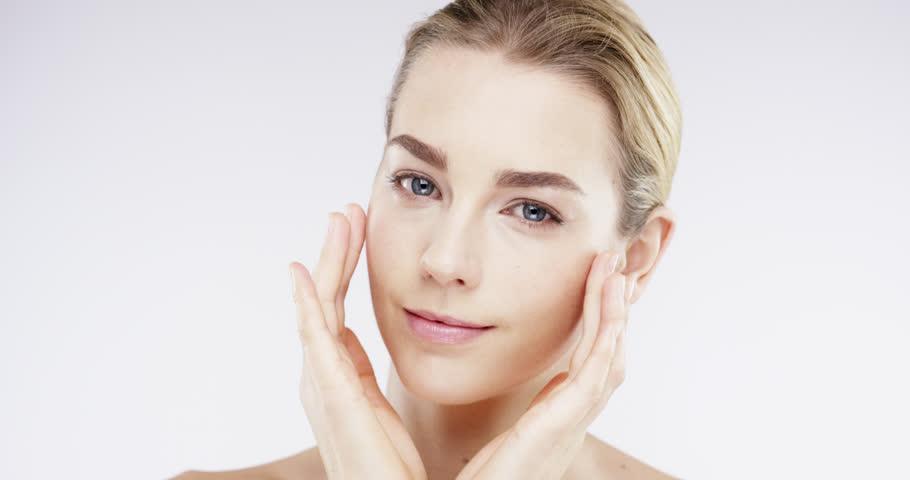Botox Around the Eyes and Its Results

One of the most common uses of Botox is to reduce the appearance of crows feetthose wrinkles around the eyes that are one of the first signs of aging.
Of course, for those who dont know much about the cosmetic treatment world, Botox is notoriously associated with frozen face, particularly in the forehead, and doctors know there are actually a few complications that can arise from inartistic Botox injections.
DROOPY EYELIDS?
If youre seriously worried about frozen face, be reassured that any experience medical professional, like Dr. Rostami and Sheila Londeck, are not going to freeze your face with Botox.
That said, using Botox for the eyes is an off-label use that makes some doctors hesitate. For one, despite the association of Botox with forehead wrinkles, some wrinkles arent actually best removed with Botox.
For example, wrinkles caused by sun damage will not see improvement with Botox. Many of these issues are better treated with fillers.
Moreover, Botox can cause issues such as droopy eyes sagging of the lower lid.
SO WHAT DO PRACTITIONERS DO?
Many doctors opt for a more conservative approach. After all, even though Botox wears off in six months, that can be a long time for a patient to wait.
When a Botox injection is done, it can take a few weeks to settle. After injecting a patient with a conservative dosage, a doctor can see the results after the injection has settled in and decide to adjust the dosage accordingly.
After all, its very easy to add a little more Botox, but its much harder to deal with too large of an injection.
Therefore, practitioners should err on the side of caution when working with their patients faces, especially when performing off label uses.
Want to know more? Call Rostami OPC to schedule your appointment.
